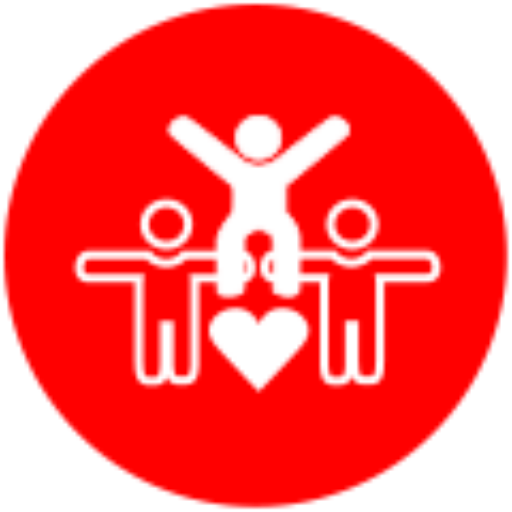FAQs
The information provided is intended only as a helpful resource. Can Do Coalition does not endorse any specific registry. We will make our best effort to update links. Be advised: If a link has been changed by a publisher, the links provided may no longer be valid.
What are stem cells?
Stem cells have the remarkable ability to develop into more than one cell type. For example, stem cells of the blood (hematopoietic stem cells) can and do generate red blood cells, platelets, and white blood cells.
Most stem cells are found in the bone marrow, but some stem cells called peripheral blood stem cells (PBSCs) can be found in the bloodstream. Umbilical cord blood also contains stem cells.
To learn more:
Why are stem cells important?
In addition to being a critical tool for helping leukemia, lymphoma and other blood-cancer patients save their lives, stem cells hold the promise to help even more folks.
Stem cell transplants can treat over 80 diseases and disorders, including blood cancers, bone marrow deficiency diseases, and inherited immune system disorders.
To learn more:
Why are stem cell volunteers needed?
Each year, thousands of people (including children) are diagnosed with life-threatening diseases for which a peripheral blood stem cell, cord blood or bone marrow transplant may offer the only chance for a cure.
Unfortunately, only about 30% of patients have a family member who is a good match. Thus, Stem Cell Volunteers, also known as “Unrelated Donors” … are needed and play a vital in helping save lives.
Are there good videos, from a volunteer perspective, that explain the stem cell volunteer process?
Yes! Here are what true real-world champions look like:
Can I join a volunteer stem cell registry through an online process?
Yes! Many registries now have an online process. DKMS and The National Marrow Donor Program (NMDP), for example, are well known registries that offer online sign-up options. To see a complete list of all volunteer stem cell registries across the globe, you can explore the World Marrow Donor Association database provided below. To identify if your countries specific registry/registries offer an online volunteer registration option, please use the contact information provided in the WMDA database and contact them directly.
To learn more:
Learn How to Register with DKMS
Where can I go to find registries in my area and learn more about becoming a volunteer?
Whichever registry you elect to volunteer with, please make sure you keep them abreast of your latest contact information. To this end, we strongly recommend you provide your selected registry with your email address so even if your home address and home phone number changes in the future, they can still reach you.
What is marrow or bone-marrow?
Bone-marrow is the soft, sponge-like material found inside bones. It contains immature cells called stem cells.
Bone-marrow transplantation (BMT) and peripheral blood stem cell transplantation (PBSCT) are procedures that restore stem cells that have been destroyed by high doses of chemotherapy and/or radiation therapy.
To learn more about bone-marrow:
What is cord blood?
What is cord blood?
Cord Blood is the blood that remains in the umbilical cord and placenta following birth. It contains large numbers of blood stem cells. For this reason, blood stem cells from the placenta and umbilical cord can be collected after birth and stored for a potential future transplant. For more information click here:
You can also give the National Marrow Donor Program a call to get more information: 1-800-627-7692
Typically, what age do you need to be in order to be a donor?
Typically, what age do you need to be in order to be a donor?
It depends.
Keep in mind that there is more than one volunteer stem cell registry across the globe, each with its own policy. To find a volunteer stem cell registry near you — where you can learn about their current stem cell volunteer guidelines — including age requirements — you can start here =>
What is HLA and what is HLA matching?
What is HLA and what is HLA matching?
Human leukocyte antigens (HLA) are proteins you inherit from your parents. Together, your HLA proteins, or markers, make up your HLA type. When someone you love is in need of allogeneic transplant, for example, your child has leukemia and needs to find a Matching Unrelated Donor (MUD), your doctor will search the volunteer stem cell registries for the best HLA match available.
What is a buccal swab or cheek swab? (How do I get my HLA typed)
A buccal swab, also known as cheek swab or buccal smear is a painless procedure that involves collecting cells from the inside of your cheek with a cotton swab.
Can Do Coalition is 501(c) (3) public service nonprofit organization. The information provided within the Can Do Coalition Web site is intended as best-effort helpful resource.
Please be aware that many organizations frequently change their websites directories. If you come to a Web page that is no longer up to date — this is why. Can Do Coalition does not endorse any specific registry.
